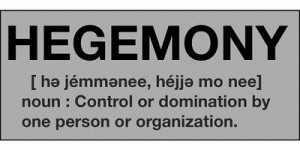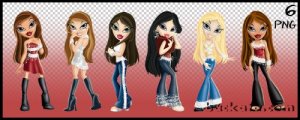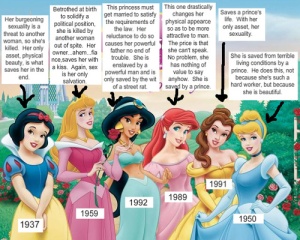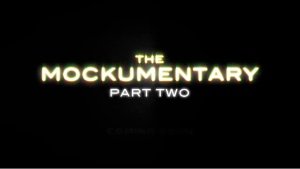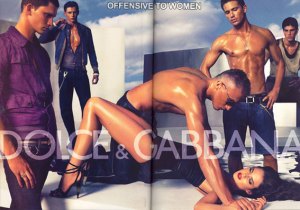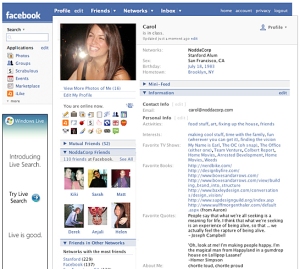One of my favorite assignments yet; reading other’s blogs. It is so fascinating to see how people having the same assignment but going about it in totally different approach. This assignment gave me the chance to examine this and reassures how brilliant my classmates are. I choose not only classmates but friends of mine to give my insight on their blogs. Since we all had the same writing assignment it showed me that the phrase “two heads are better than one,” is without-a-doubt precise.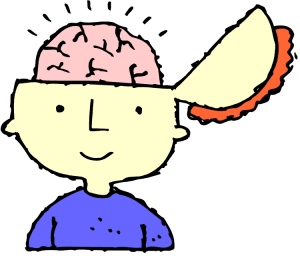 Certain essential ideas and thoughts I neglected in my blogs were brought up and efficiently explained in theirs.
Certain essential ideas and thoughts I neglected in my blogs were brought up and efficiently explained in theirs.
The first blogger I decided to take a look at is a good friend of mine Kevin Marshall. This was the first assignment of the year and Kevin’s first blog ever!
The assignment itself was to demonstrate his understanding of the course objectives, the importance of media and to critically think about a “text” his is familiar with. Here’s what I had to say:
Kevin, your blog was very well written and beyond interesting to read. Your word choice in language and overall writing skills are very impressive. Your blog opened my eyes to certain ideas I have never thought of. For example, I found it very interesting how you analyzed The Biggest Loser. It has never crossed my mind to explore the impact The Biggest Loser has on our society. Because i am now certainly media literate, it does not make sense how such an impactful show never crossed my mind to explore. It might be because I am not overweight myself; your humor was also very liked on my part.
I like how when you brought up terms your audience may not be familiar with, you without a doubt explained the meaning efficiently. You focused very well on imbedding the idea that media literacy is possibly one of the most important concepts to acquire as a spectator of every type of media. You spoke to the readers by keeping them engaged with knowledge that the average reader would probably not know.
Your blog however lacked attractiveness. There are no pictures, media clips or hyperlinks to help me better visualize the ideas you were presenting. Nevertheless, previewing your other blogs assured me you only lacked attractiveness in your very first. I must say, I am awestruck with how your first blog turned out and am positive each blog became only more impressive.
The second blogger I certainly wanted to look at is a sorority sister of mine, and long time friend Allison Wachtel.
Her blog assignment was different than Kevin’s, rather exploring the field of Ideological criticism, which is clearly explained in her blog. She focuses on the impact of conglomerates and what’s known as a “culture of consumption.” Here’s my feedback:
Wow! First and foremost, my first impression of your blog was amazing. It is colorful and intriguing, making me not want to leave your page at all but keep reading. You embedded pictures, videos and hyperlinks that all helped me understand the point you are trying to get across. Being that the theme of your blog focuses on Disney, the pictures brought back only fond memories I have of my childhood.
Your introduction to this blog was so relatable being a 20-year-old woman who also grew up surrounded by the Disney Culture. AS you mentioned, my whole family loved Disney as well and to this day still does. I too started to realize that these messages being embedded into all of our brains are anything but surreal, but rather detrimental. You explained the ideological approach clearly, as if the reader would be ignorant on the topic, which is very thoughtful as a blogger.
Though your blog was remarkable, expanding more on how big of a conglomerate Disney is would help the reader fully understand the importance of this. Maybe telling the reader the specific media Disney owns would add onto the blog. Overall, your blog was very exciting to read and I’m sure others readers without a doubt agree.
My last but certainly not least blogger I looked at is Gerard Dalsey.
His assignment was to take a media text that serves as an effective vehicle to demonstrate his media criticism skills. He must describe the test, and use a specific approach and apply it. Here’s my response:
This blog of yours interested me because personally, I am not a viewer of The Sopranos. I was very clueless on what exactly the television series was about. However, after reading the blog I think I could actually explain to someone else the plot without a problem. It is clear that a reader such as me who knew nothing about the show would be able to understand exactly the show you were analyzing.
I think narrative criticism was an essential approach to examine when it comes to this series. Because I needed a refresher on what exactly the Aristocelian Approach was, you told the reader right in the first sentence which was very helpful. Overall it is obvious you write very well, keeping me and I’m sure the rest of your readers intrigued, wanting to keep reading. I also think the program you choose was an interesting choice and worked out in your favor.
Your blog on the other hand lacks the visual aids I want to see in a blog. Though you did embed two pictures, I would have liked to see hyperlinks sending me to a page about narrative criticism for example. Also, a video of the series teaser would have been accommodating to your explanation of the series. Generally, your blog itself was written well and didn’t stop keeping me engaged.
My professor is the only professor of mine at Towson University that has made blogging a requirement of a course. Without having her as a professor, I would probably haven ever blogged in my life. I am thankful for this.
Blogging is enjoyable, a stress reliever and first and foremost, fun! Blogging has made this class more enjoyable, rather than writing an APA style paper for example. Not only have I learned new computer and media criticism skills but I learned to appreciate and pick up a new hobby! Hope you enjoy all my blogs and hopefully you’ll be seeing me a lot more.




